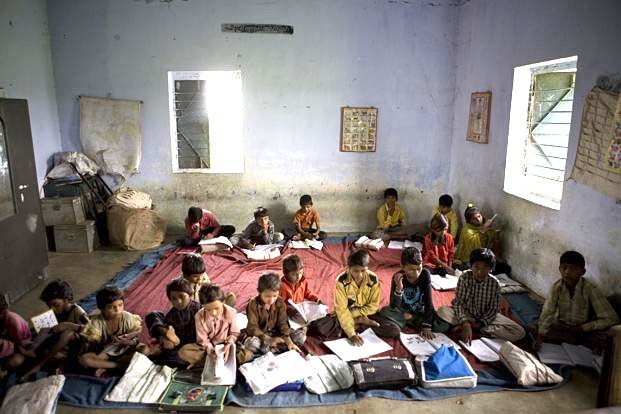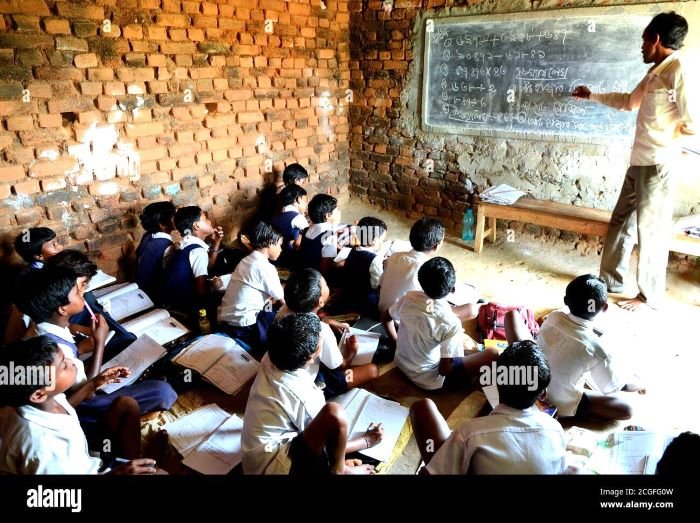
ARABIAN TIMES NEWS NETWORK
In a troubling turn of events, several school buildings across India, on which millions of rupees have already been invested, are now on the verge of being shut down. These buildings, equipped with necessary infrastructure, classrooms, toilets, clean drinking water, playgrounds, and other educational embellishments, are set to be deserted as a result of the government’s school merger policy.
What initially seemed like a structural reform is now raising serious concerns about its long-term implications, especially for children from economically weaker sections. The primary argument driving the school merger decision is to pool resources, reduce operational costs, and improve efficiency by consolidating smaller schools with low enrollment into larger ones. However, in practice, this policy has led to the closure of numerous neighborhood schools, particularly in rural and semi-urban areas. This is where the problem begins.
With the closure of nearby government primary schools, poor children, especially from marginalized communities, now face the challenge of traveling much longer distances to reach the new, merged schools. For families that cannot afford transportation or where safety is a concern, especially for young girls, this becomes an insurmountable barrier. As a result, many children may drop out of school altogether, further widening the gap in educational access and social equity.
What adds to the grievance is the lack of public consultation. A decision that affects thousands of students, parents, and teachers alike should have involved opinions and inputs from local communities, school management committees, and civil society organizations. Sadly, such consensus-building measures were ignored. The absence of transparency and community participation has only deepened the resentment.
The irony is stark while the government continues to pledge its commitment to inclusive and accessible education through policies like the Right to Education Act, its ground-level actions seem contradictory. Instead of expanding educational opportunities for all, particularly the underprivileged, this merger and closure plan is shrinking the educational landscape.
The government must re-evaluate this policy with a child-centric and inclusive lens. Decisions about education should never be made solely from an administrative or financial viewpoint; they must be rooted in the realities of children’s lives. Education is not a privilege but a fundamental right. Shutting down access, even indirectly, amounts to denying that right to the nation’s most vulnerable.










